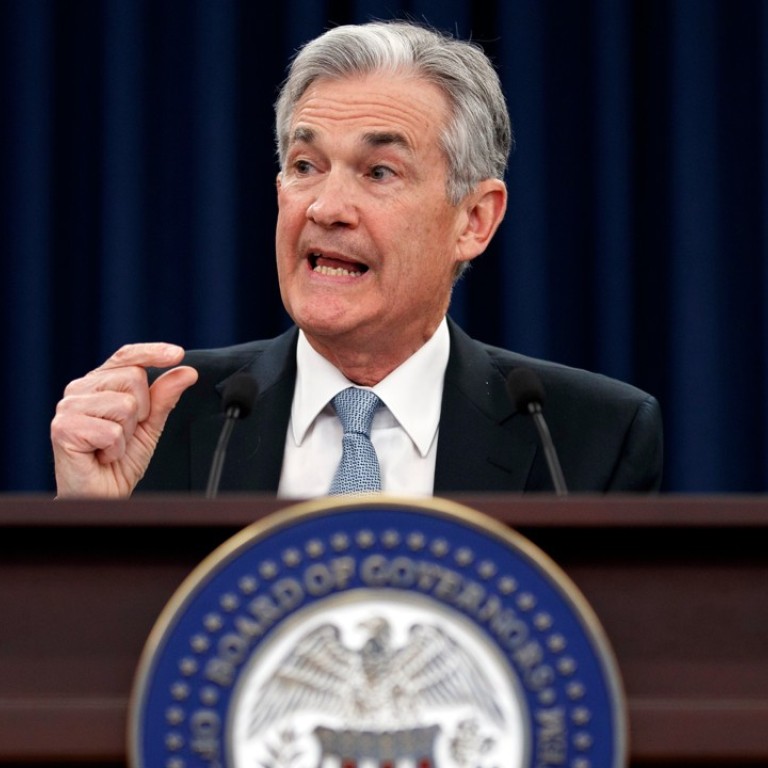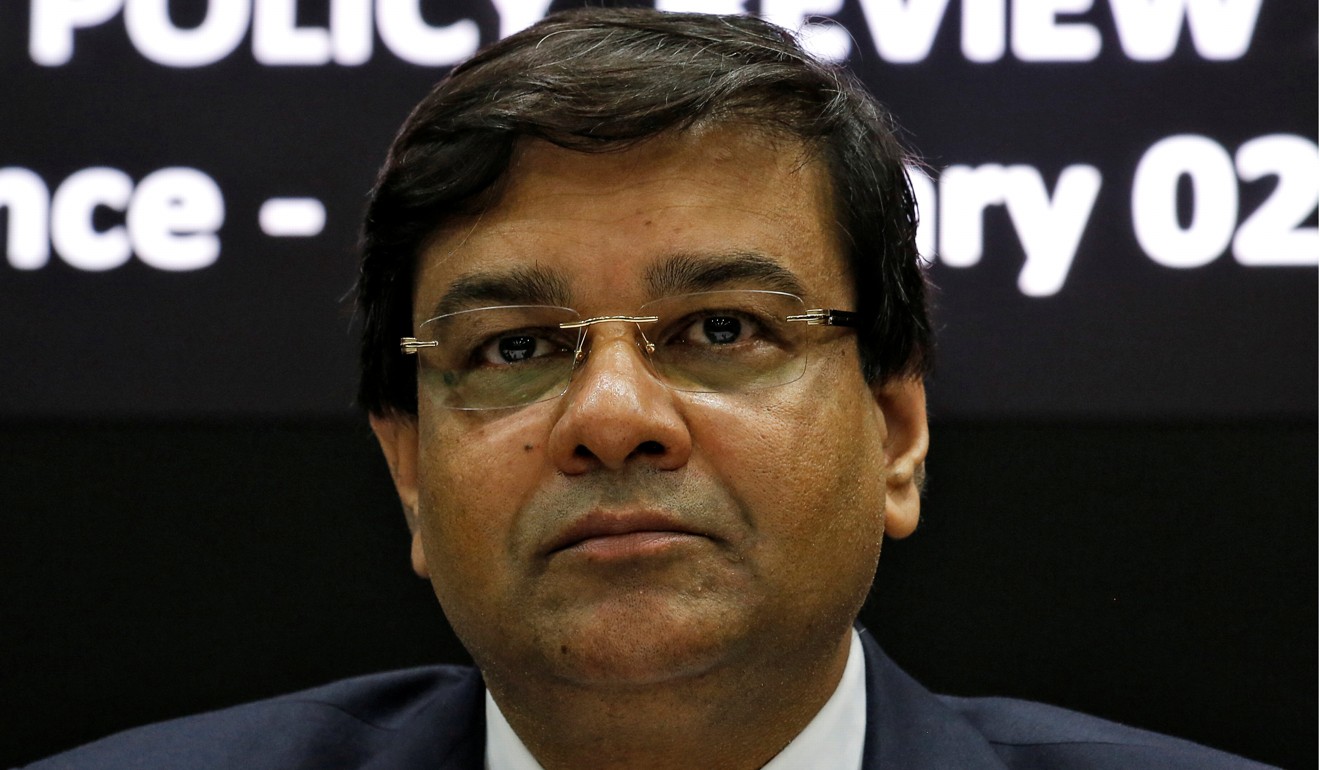
‘America first’ will guide the Fed’s monetary policy, despite emerging markets’ rate hike concerns
Neal Kimberley says other central bank heads, including in Indonesia and India, may not be thrilled with the effect the Fed’s actions are having on their stock and bond markets, but the US central bank sees data supporting its decision to raise rates again this week – and possibly up to four times this year
Yet, Patel also has an eye on US monetary policy, writing last week in The Financial Times, how US “dollar funding of emerging market economies has been in turmoil for months now”, a situation the RBI governor attributes not to Fed rate hikes but to its “long-awaited moves to trim its balance sheet and a substantial increase in issuing US Treasuries to pay for tax cuts”.

As for where capital is heading, data last Thursday from Lipper, a unit of Thomson Reuters, provides some clue. In the week ending June 6 alone, US-based money market funds saw inflows of nearly US$34.9 billion as investors worldwide were drawn to the combination of higher US yields and perceived lower risk.
To alleviate the situation, Patel would like the Fed to recalibrate the pace of its balance sheet reduction to offset the impact of the US Treasury’s increased issuance.
It remains to be seen if it will heed the calls of policymakers such as Patel and Warjiyo – but the odds are against.
“There is good reason to think that the normalisation of monetary policies in advanced economies should continue to prove manageable for [emerging market economies]”, said Fed chief Jerome Powell on May 8.
Meanwhile, on May 31, Fed governor Lael Brainard argued that “in an environment of tightening resource utilisation and above-trend growth, with sizeable fiscal stimulus likely to provide a boost to demand in the near-to-medium term that should fade somewhat further out, it seems likely that the neutral rate could rise in the medium term above its longer-run value”.
Watch: What does the Fed interest rate rise mean for Hongkongers?
Far from seeing Trump’s fiscal policy as a reason, as Patel suggests, for the Fed to scale back the pace of its quantitative tightening, Brainard would seem to see it as justifying yet tighter US monetary policy overall.
The Fed might realistically interpret the Trump tax cuts as the equivalent of throwing petrol on an already lit fire, and move to douse the flames.
It’s unlikely the Fed will be so concerned about the international impact of its monetary policy settings that it will affect its decision-making. In US monetary policy, as in the Trump White House, it will be “America first”.
Neal Kimberley is a commentator on macroeconomics and financial markets

